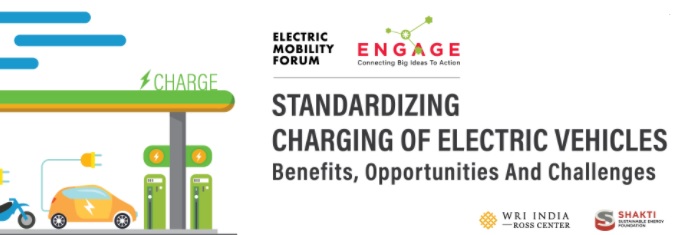Mobility at the Crossroads – Electric Mobility Policy and Charging Infrastructure Lessons from Across Europe
Publication Year: 2022
Author(s): Sæther SR
Abstract:
The transportation sector accounts for a significant part of European emissions and is one of the few sectors with rising emissions. Thus one crucial part of the European strategy to reduce overall emissions is a shift, in the transportation sector, to low-emission mobility and electric mobility in particular. As European governments and policymakers consider feasible ways of supporting the transition, one central question is whether the policies and actions they enact should create incremental or structural change, here operationalized as personal incentives vs. charging infrastructure. Therefore, this analysis investigates the effects of electric mobility policies and charging infrastructure on plug-in electric vehicle (PEV) market shares in Europe from 2009 to 2019. Charging infrastructure, and fast charging infrastructure in particular, demonstrate by far the strongest and most robust results of the analysis, having a significant positive effect on PEV market shares in all models. The analysis also suggests that purchase incentives, ownership tax benefits, and the policy packages for electric mobility tested have a positive and significant effect on PEV adoption. However, these effects are notably weaker and exhibit far less robust findings across the models in the analysis. Thus, while the study cannot conclusively come down on the side of infrastructure over personal incentives, it persuasively points to the crucial importance of charging infrastructures for the electrification of transportation. Theoretically, this makes sense—personal incentives will increase the market shares of PEV, but only incrementally, running the risk of merely supplementing the old fossil fuel-based transportation system rather than replacing it. On the other hand, charging infrastructure creates the potential for structural change, implying that a more active and coordinated build-out of charging infrastructure is needed to ensure a rapid transition to low-emission mobility. Policymakers should devote as much attention to charging infrastructure, particularly fast-charging infrastructure, to encourage greater PEV usage.
Source of Publication: Transportation Research Part A: Policy and Practice
Vol/Issue: 157: 144-159p.
DOI No.: 10.1016/j.tra.2022.01.010
Publisher/Organisation: Elsevier Ltd.
Rights: CC BY license (http://creativecommons.org/licenses/by/4.0/)
URL:
https://www.sciencedirect.com/science/article/pii/S0965856422000106
Theme: Vehicle Technology | Subtheme: Electric vehicles
Related Documents
Books
Who’s Driving Electric Cars
Published Year: 2020
Abstract:
This book systematically provides a systematic analysis of the leading markets for electric ve... Read More
Opinions/Videos

WEBINAR | Retrofitting for Electric Vehicles
Published Year: 2019
Abstract:
India is moving rapidly towards cleaner transportation with the growth in electric mobility. T... Read More
Opinions/Videos
Abstract:
Electric mobility is no longer a want, but a necessity for decarbonizing the urban transport s... Read More



